Reporter: Could you please tell us what solutions the Department of Natural Resources and Environment of Lao Cai province has implemented recently to tighten auction activities, licensing, and monitor the responsibilities of mineral exploitation units to both protect the environment and ensure the requirements of local socio-economic development, serving sustainable poverty reduction?
Mr. Vu Dinh Thuy: Lao Cai is a province with abundant mineral potential, with more than 100 mines, including 30 types of minerals such as apatite, copper, iron, gold, graphite, lead, zinc, molybdenum... that can be exploited on an industrial scale. Of which, three types of ore, apatite, copper, and iron, are being exploited on a large scale, reaching tens of millions of tons of ore annually for the production of fertilizers, construction materials, and other household goods.
Identifying State management in the field of natural resources and minerals as one of the important tasks related to stable and sustainable development, in the process of considering licensing, Lao Cai always prioritizes mining projects associated with deep processing, with factories in the province, using clean technology, creating little or no waste that pollutes the environment; linking mining and processing with environmental protection and natural landscapes. Tax collection is carried out on the basis of resources and resource value of each specific mine to force enterprises to be autonomous, self-balancing to maximize resource collection in order to increase local budget revenue and sustainable development.
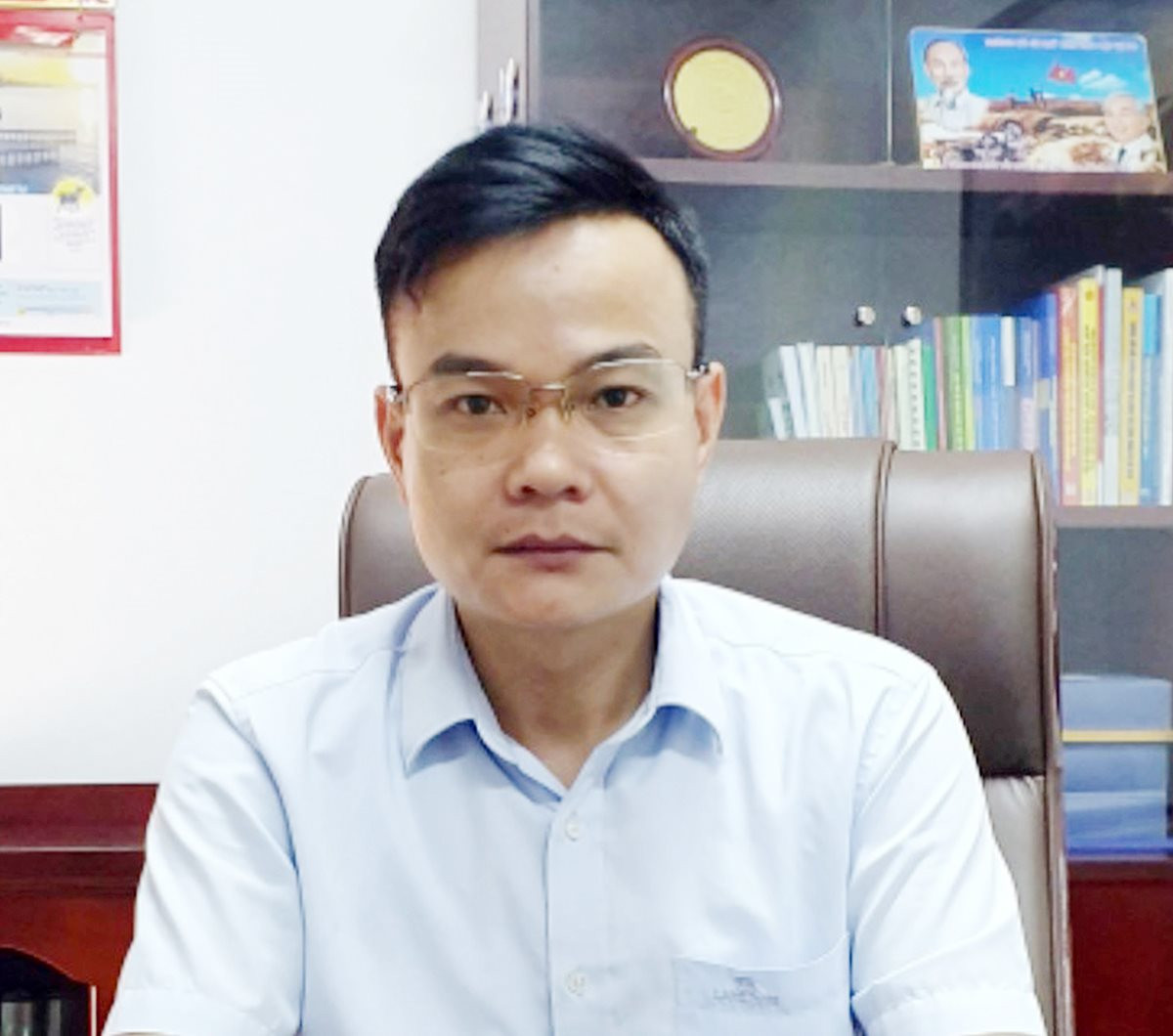
At the same time, the locality also issued an official dispatch to strengthen the management of mineral resources in the area and regulations on coordination in mineral resource management, accordingly, clearly defining the responsibilities of each sector and locality in managing mineral resources and being responsible before the law. In addition, the Chairman of the District People's Committee is also responsible for the functions and tasks of mineral exploitation activities in the locality under his management.
To ensure harmonious interests between the State, enterprises and people where minerals are exploited. Timely allocate and regulate revenues from mineral activities, ensuring the prescribed ratio for localities where minerals are located to effectively carry out the work of protecting mineral resources and the environment.
As a locality with potential for common construction materials such as sand, gravel, clay, fill soil, and stone. Mineral resources have contributed to increasing local budget revenue and creating jobs for local workers, especially in rural mountainous areas. Therefore, mineral exploitation is one of the parallel solutions in sustainable poverty reduction in Lao Cai.
PV: Could you please tell us more about mineral exploitation and environmental protection activities in parallel with poverty reduction work in the locality?
Mr. Vu Dinh Thuy: Minerals are one of the natural resources bestowed upon Lao Cai, Lao Cai is the province with the most resources in the Northwest. Therefore, Lao Cai's mineral exploitation and processing activities are also more vibrant. Currently, Lao Cai has more than 100 large and small mines, which have created jobs for thousands of workers. According to the report, in 2022 alone, Lao Cai has appraised and submitted to the Provincial People's Committee for approval of the right to grant/auction money for mineral exploitation rights for 17 mines and warehouses (06 mines and 11 warehouses) with an amount of 153 billion VND.
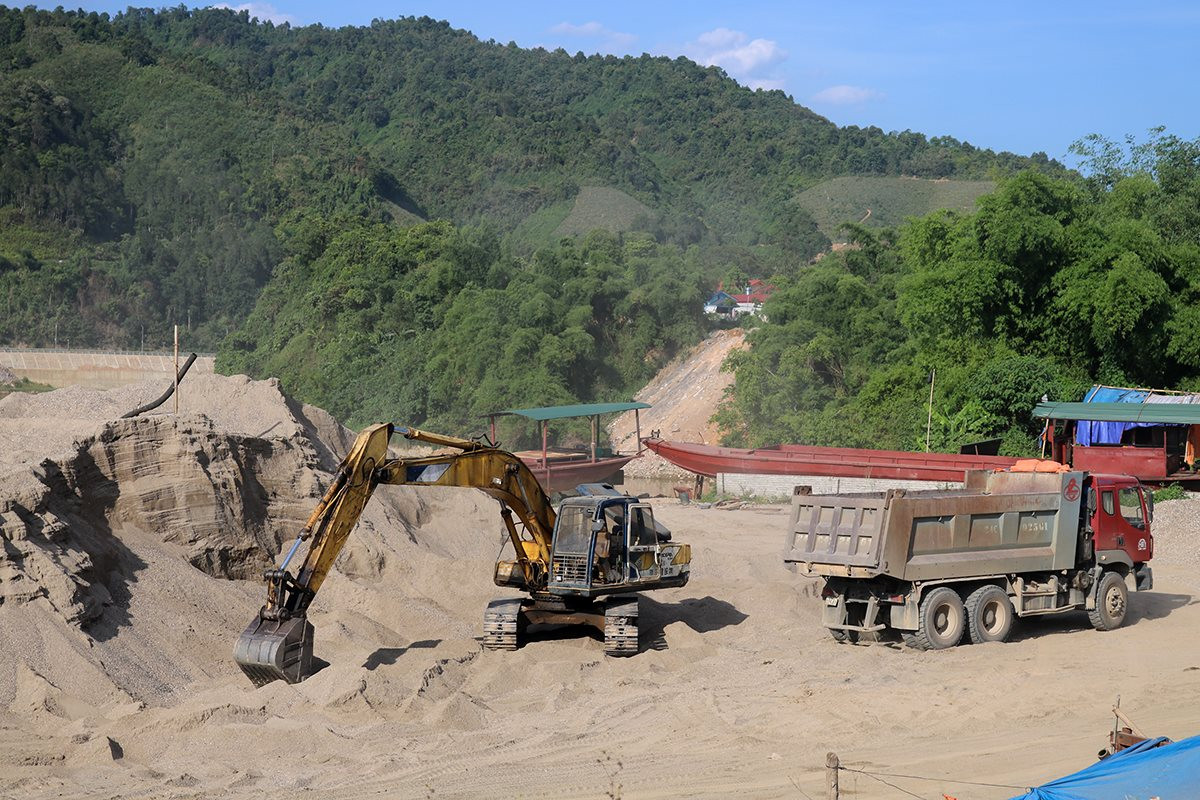
Regarding environmental protection and job creation for people, in recent years, mineral mines have done a good job of protecting the environment, stabilizing the income of employees at mining sites, supporting social security activities where they have mineral exploitation activities and paying taxes fully to help localities have more budget sources to serve economic development.
For example, the Sin Quyen Lao Cai Copper Mine Branch is one of the largest mineral exploitation units in Lao Cai province. The branch has approximately 1,300 staff, 80% of whom are local people, and the branch always ensures stable jobs for workers, with an average salary of over 10 million VND/person/month.
Regarding environmental protection, the Branch has also invested in building gates, fences, guardhouses, drainage ditches for the Electromechanical Workshop, and invested in 2 water trucks to suppress dust at the construction site. There are technical innovations and production rationalization solutions with high profit value, contributing to reducing production costs and increasing the life of materials and equipment. In addition to production activities, the Company has also maintained relationships with local authorities and people, and local units have created close relationships with the base. Each year, hundreds of millions of VND are supported to the locality where it is located to solve social security issues.
PV: In the coming time, to further improve mineral exploitation along with environmental protection and sustainable poverty reduction, what policies has Lao Cai's Department of Natural Resources and Environment had?
Mr. Vu Dinh Thuy: To continue exploiting and using mineral resources to serve the goal of sustainable environmental protection and poverty reduction, in the coming time, the locality will continue to closely monitor the implementation of social responsibilities of organizations and individuals to the community where minerals are exploited as well as the implementation of environmental impact assessment reports.
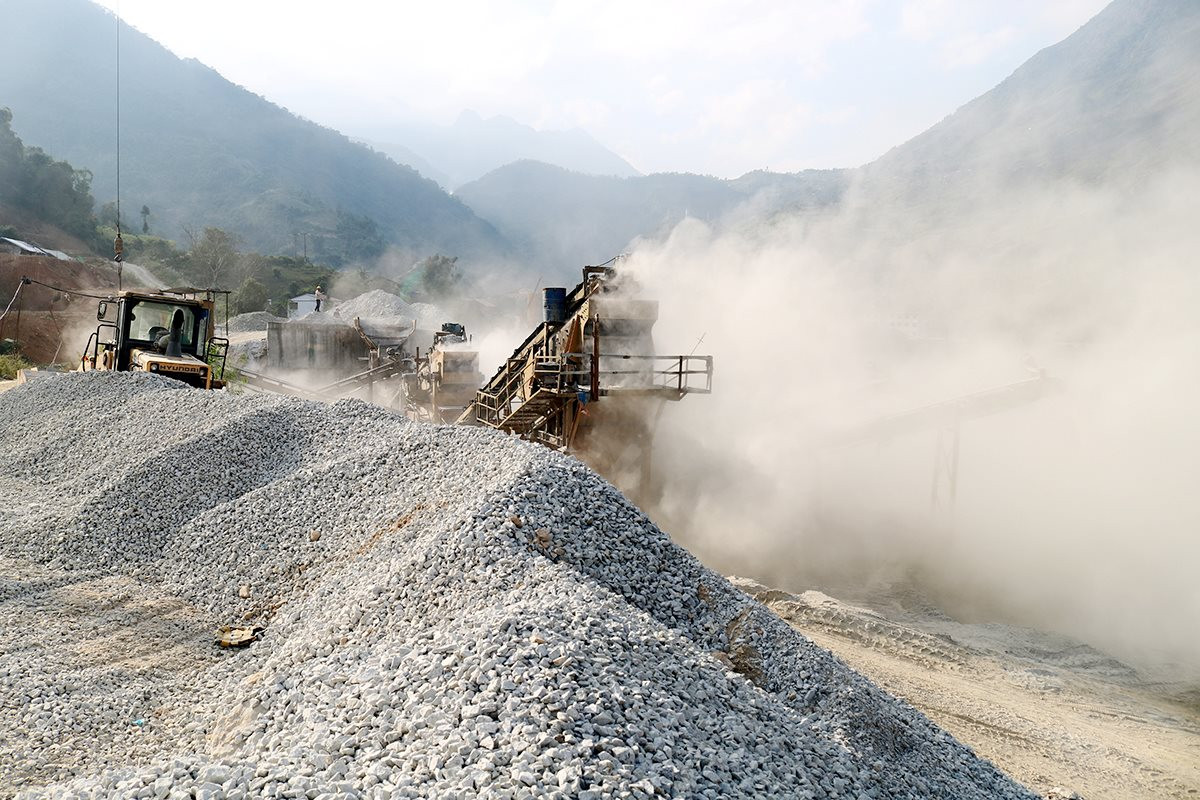
At the same time, regulations and supervision of mining enterprises must prioritize the use of local labor in mining, mineral processing and related services. Together with local authorities, enterprises must ensure career transition for people whose land is recovered for mineral exploitation. In addition, the Department also regularly advises the Lao Cai Provincial People's Committee to regulate revenue from mineral exploitation activities to support localities (where minerals are exploited) in socio-economic development, towards the goal of sustainable poverty reduction.
PV: Thank you very much!
Source


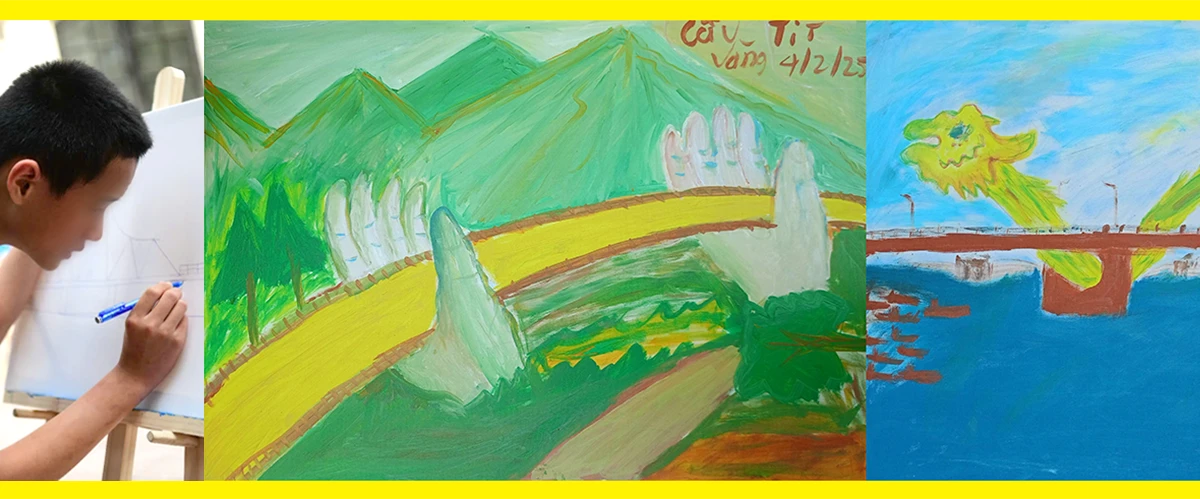
![[Photo] Close-up of Vietnam's sniffer dog team searching for earthquake victims in Myanmar](https://vstatic.vietnam.vn/vietnam/resource/IMAGE/2025/4/1/d4949a0510ba40af93a15359b5450df2)

![[Photo] Prime Minister Pham Minh Chinh meets with King Philippe of Belgium](https://vstatic.vietnam.vn/vietnam/resource/IMAGE/2025/4/1/be2f9ad3b17843b9b8f8dee6f2d227e7)
![[Photo] President Luong Cuong and King Philippe of Belgium visit Thang Long Imperial Citadel](https://vstatic.vietnam.vn/vietnam/resource/IMAGE/2025/4/1/cb080a6652f84a1291edc3d2ee50f631)
![[Photo] General Secretary To Lam receives King Philippe of Belgium](https://vstatic.vietnam.vn/vietnam/resource/IMAGE/2025/4/1/e5963137a0c9428dabb93bdb34b86d7c)
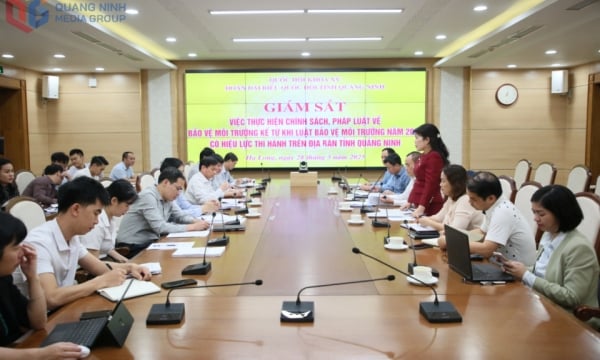

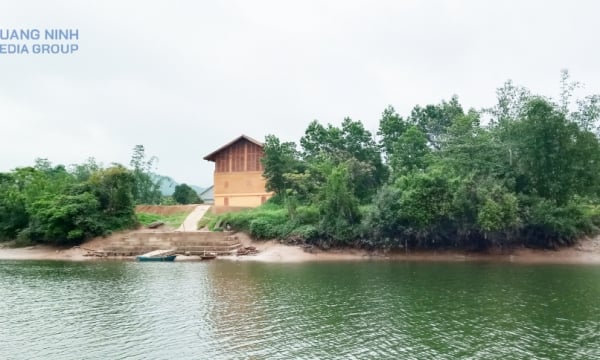
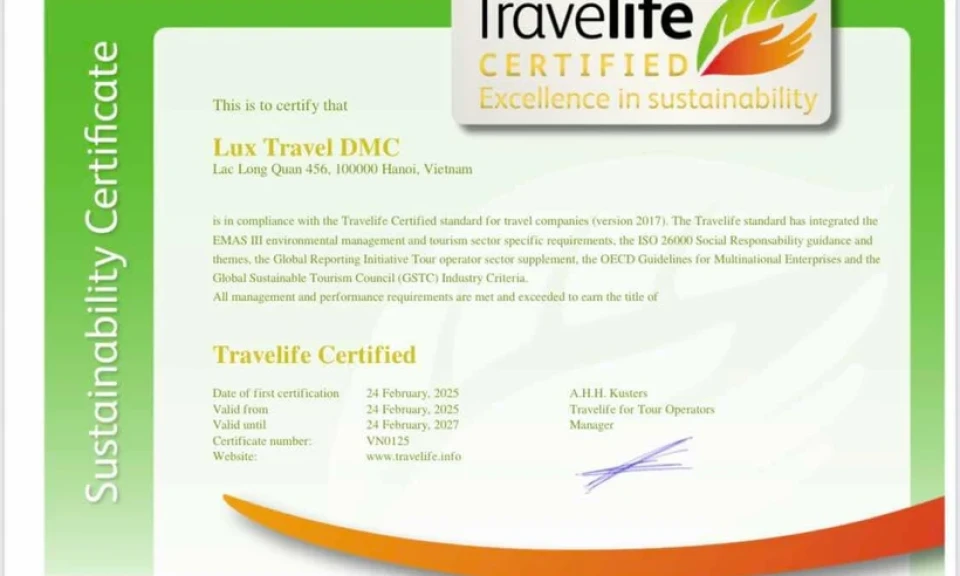
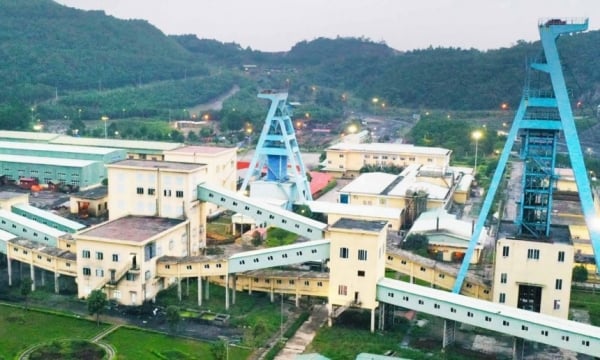

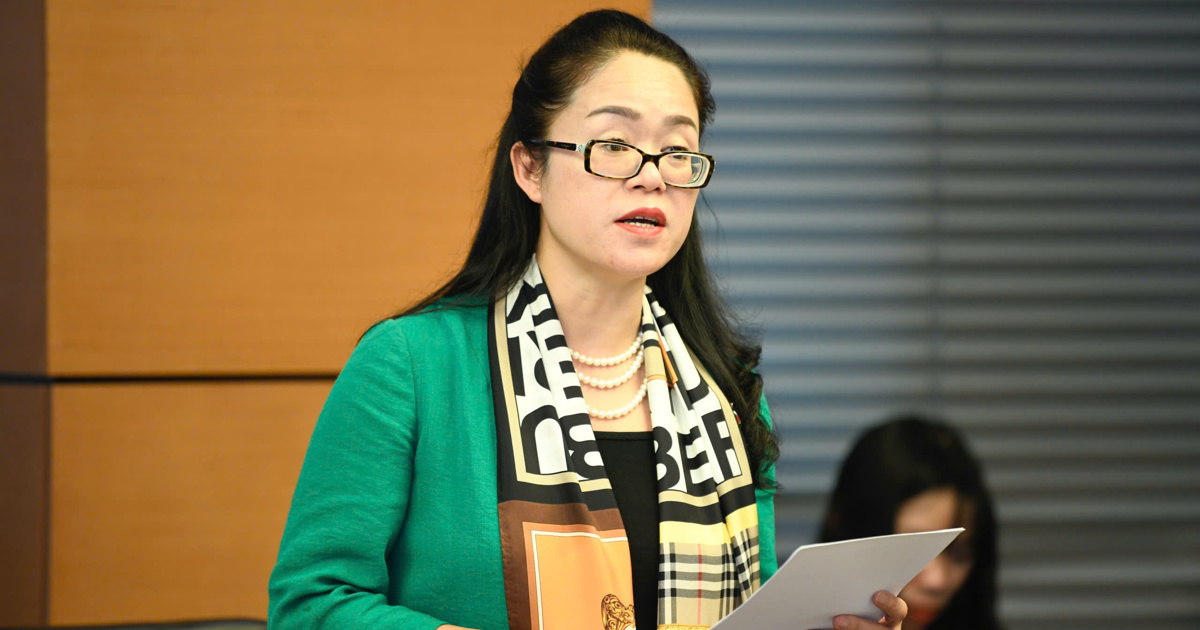

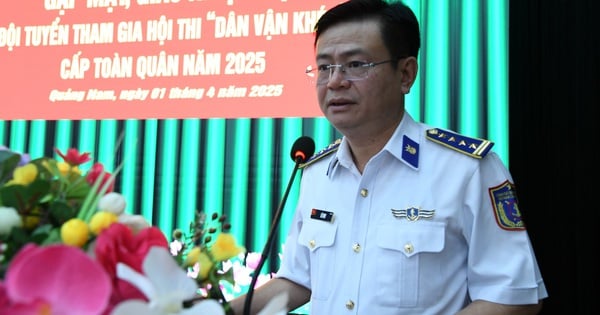
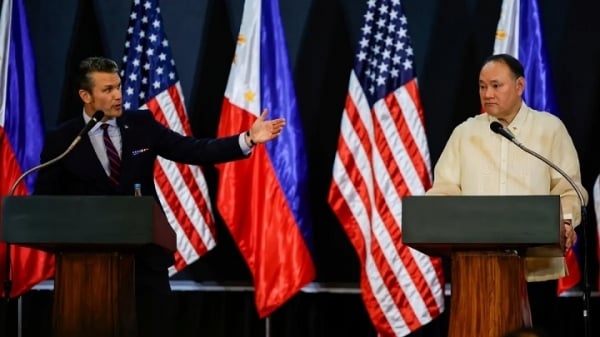
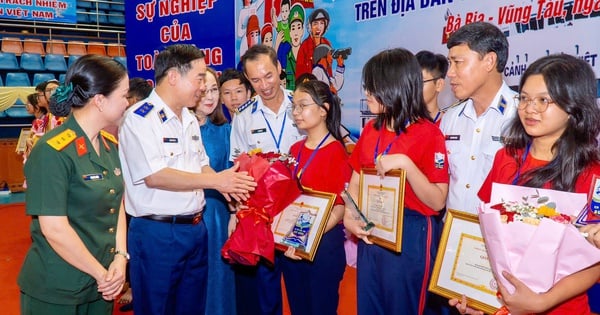
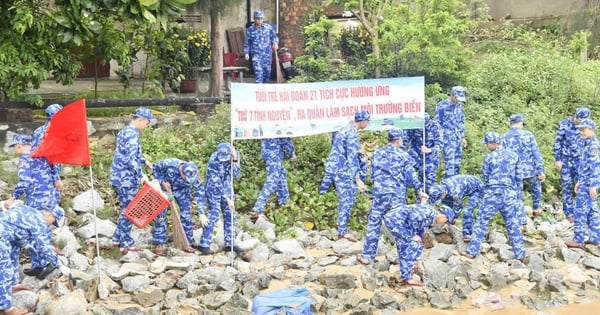
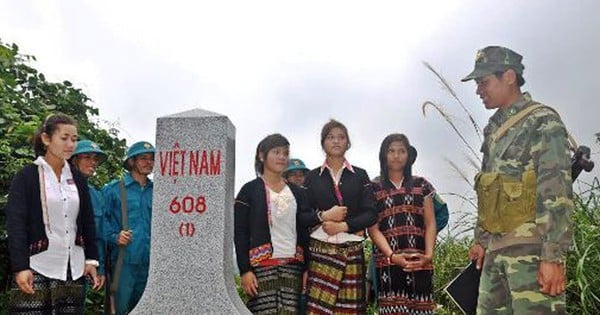
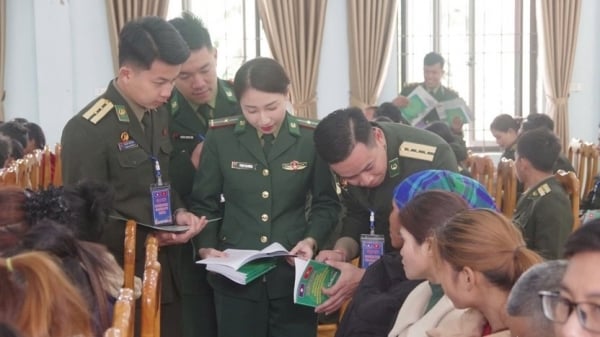




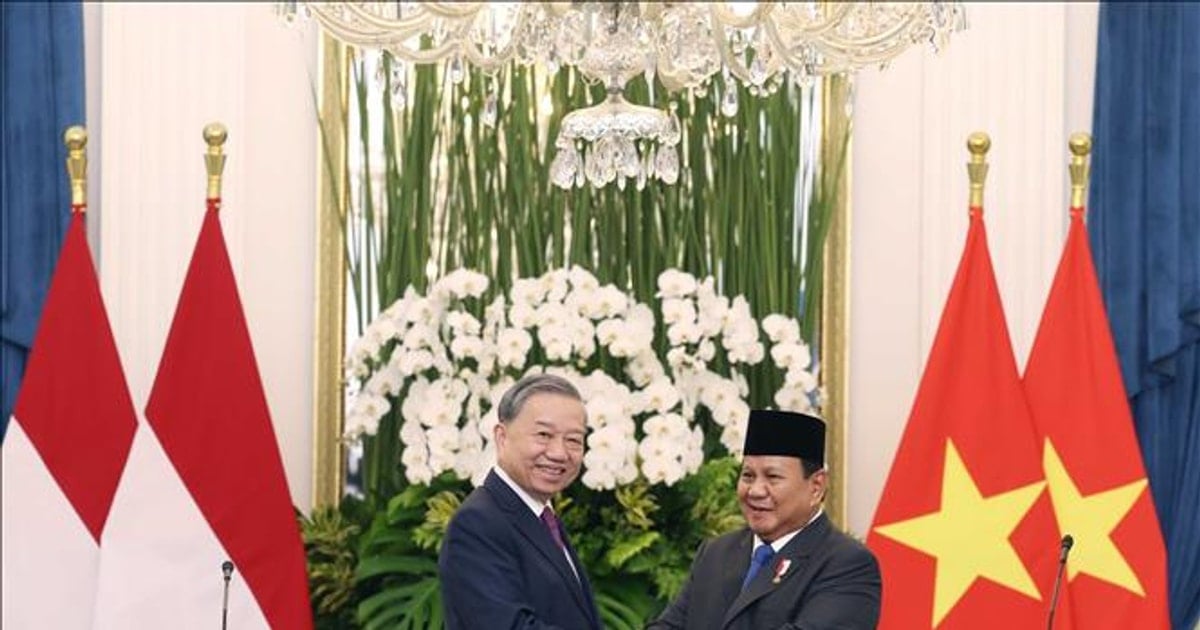
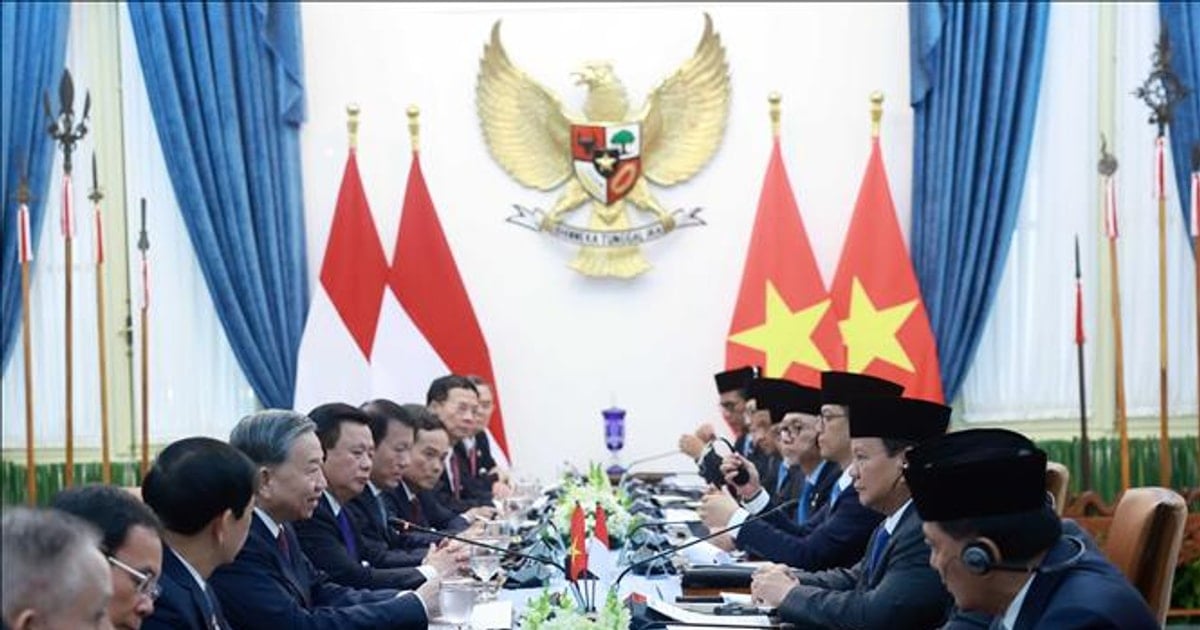
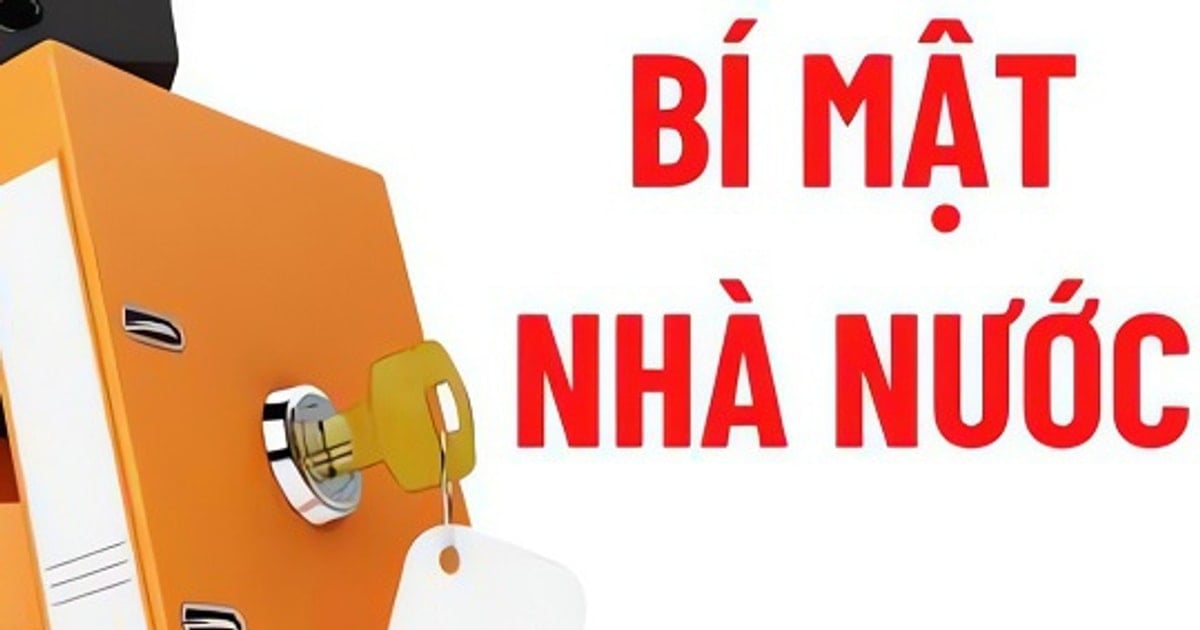
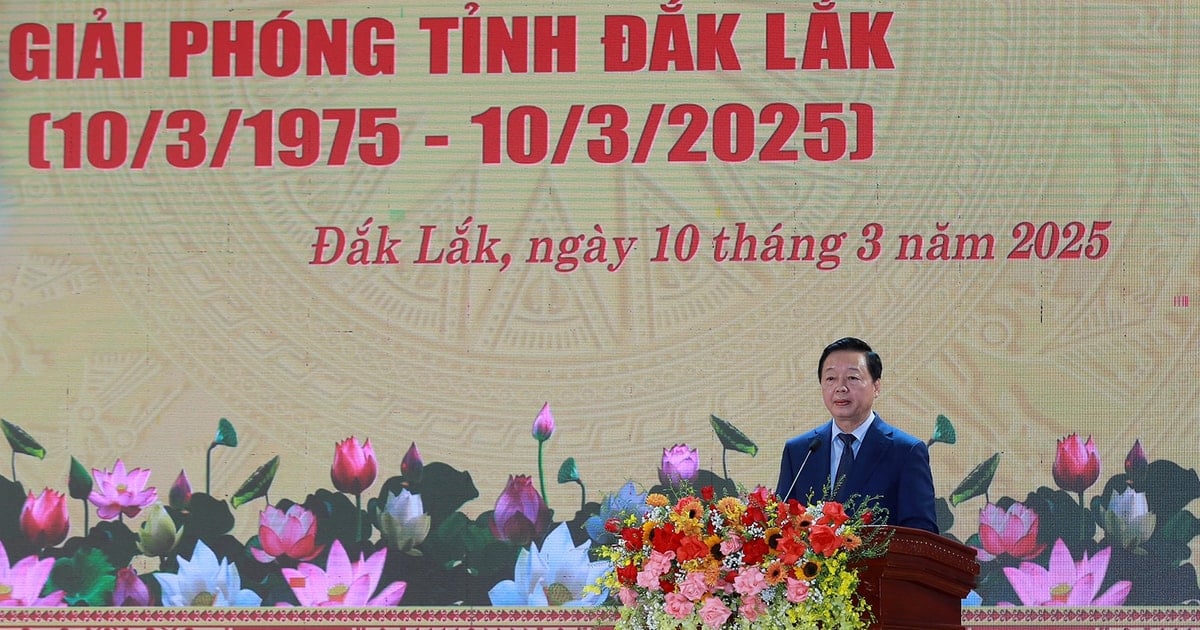
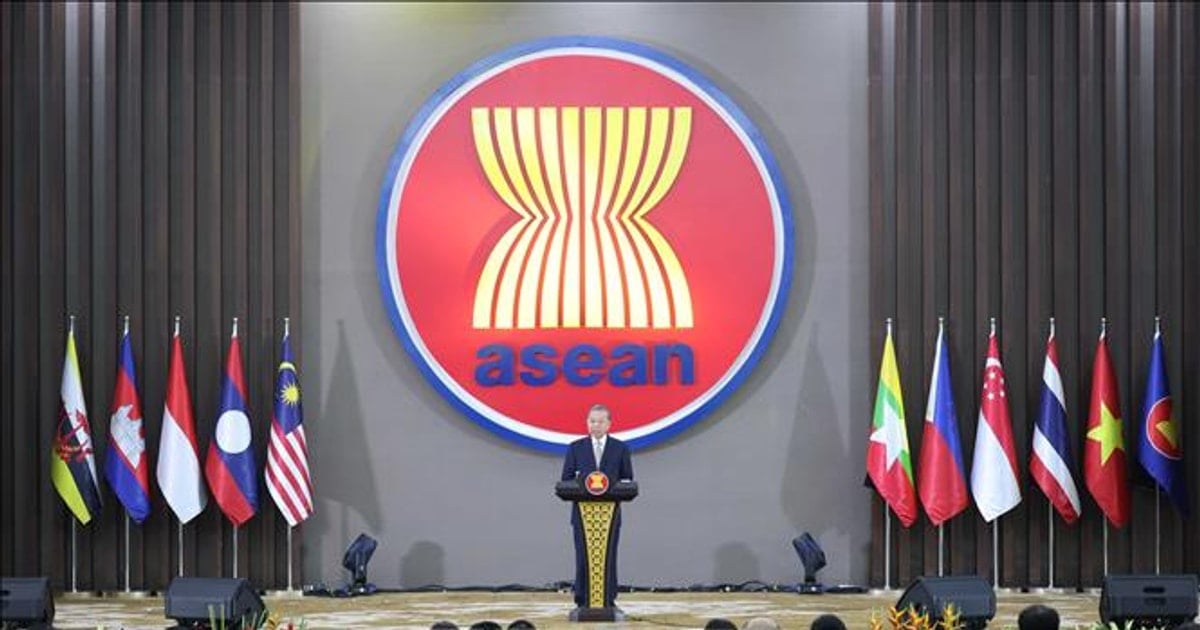
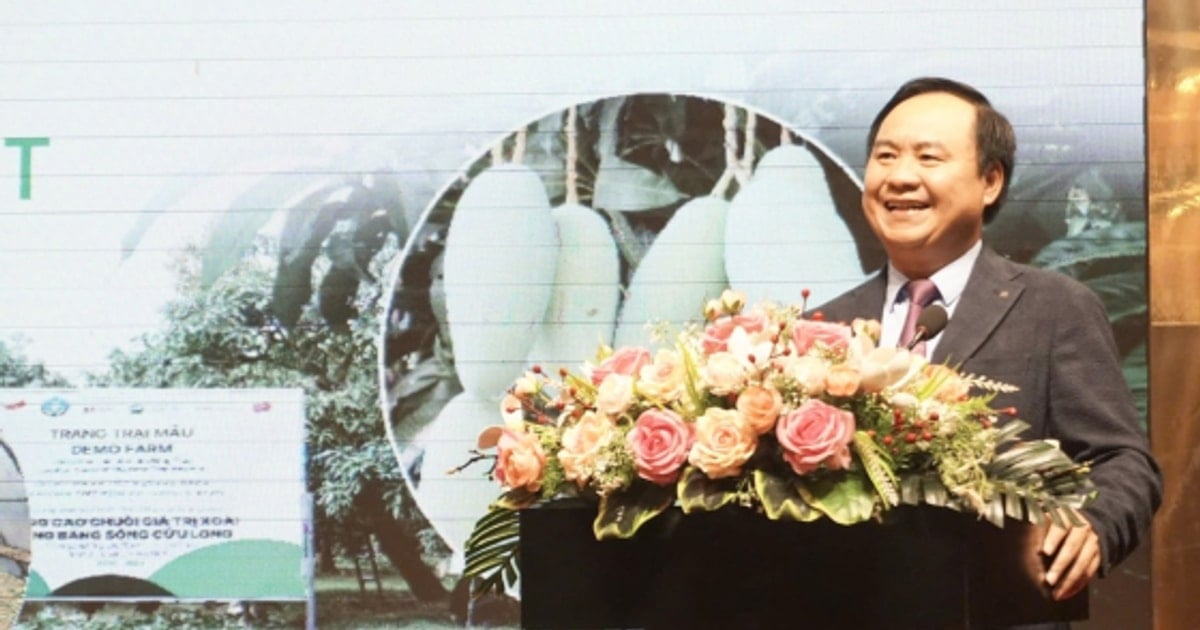
![[Photo] Myanmar's capital in disarray after the great earthquake](https://vstatic.vietnam.vn/vietnam/resource/IMAGE/2025/4/1/7719e43b61ba40f3ac17f5c3c1f03720)

















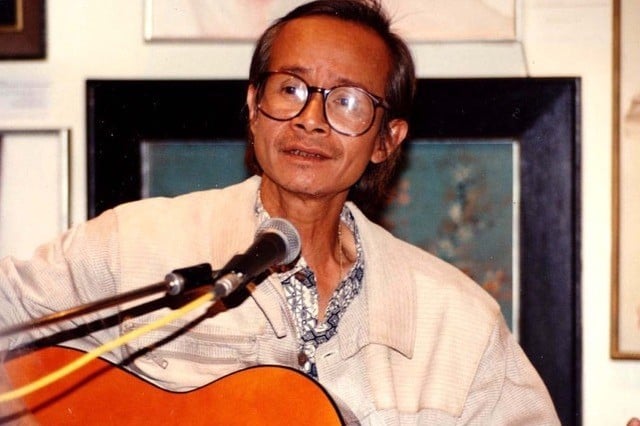











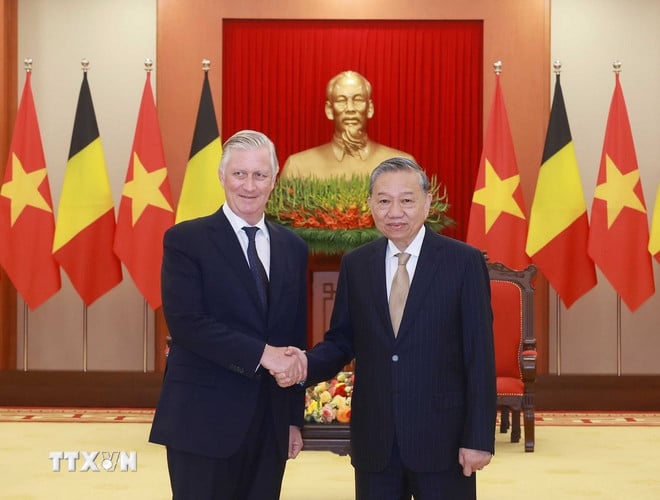
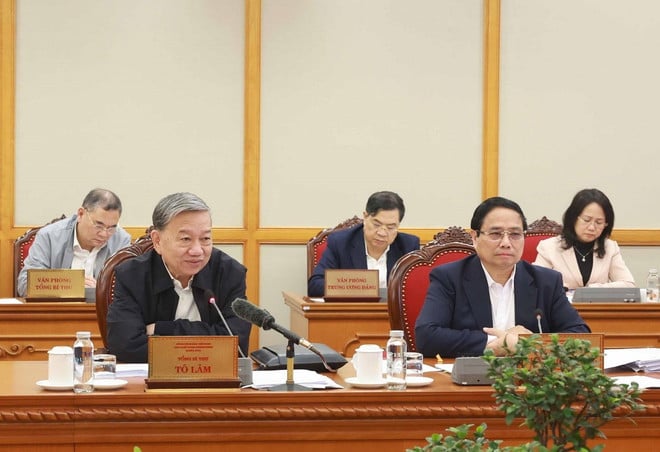

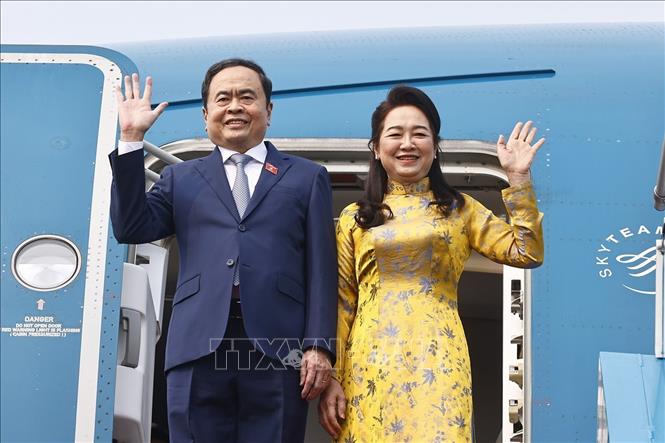

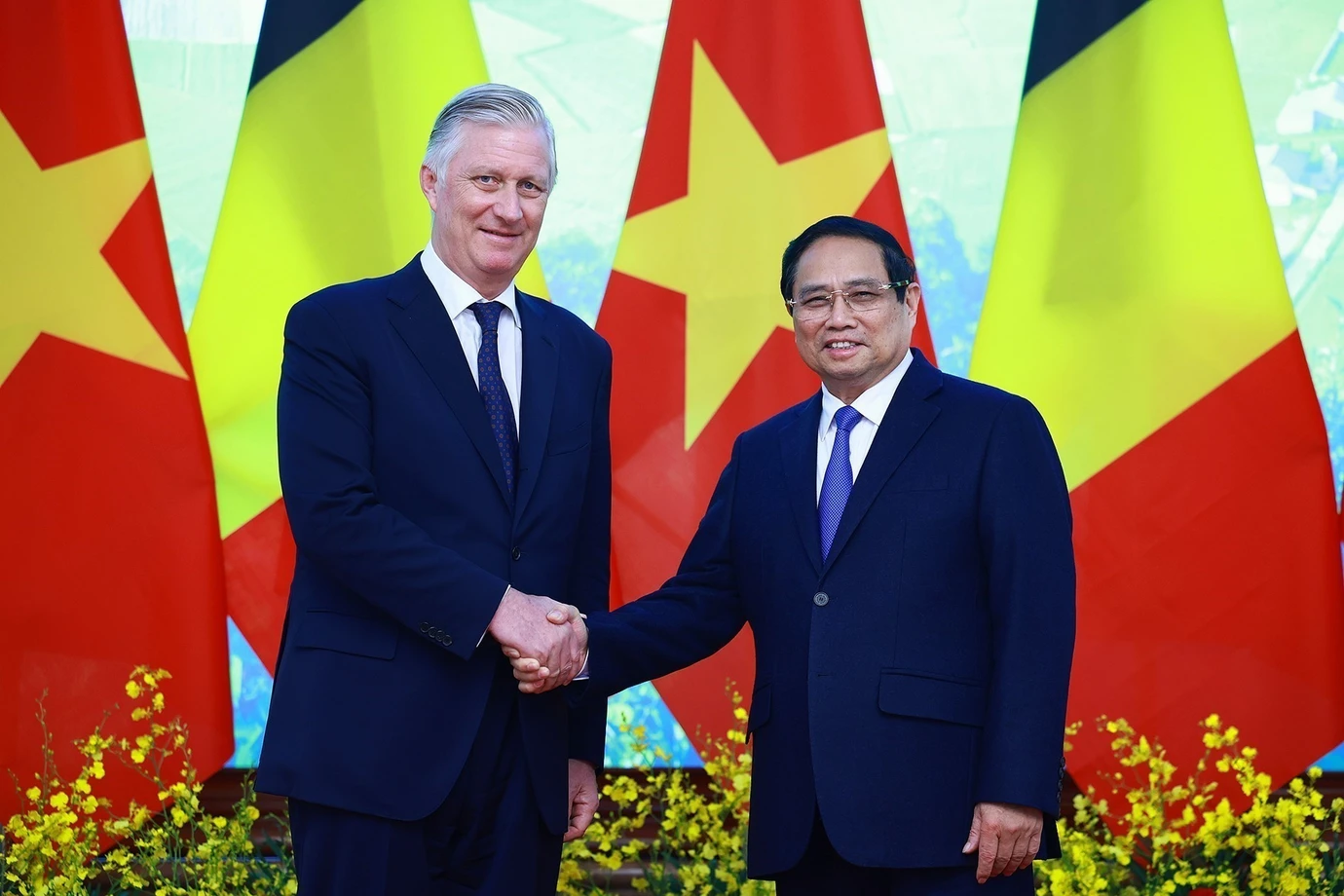



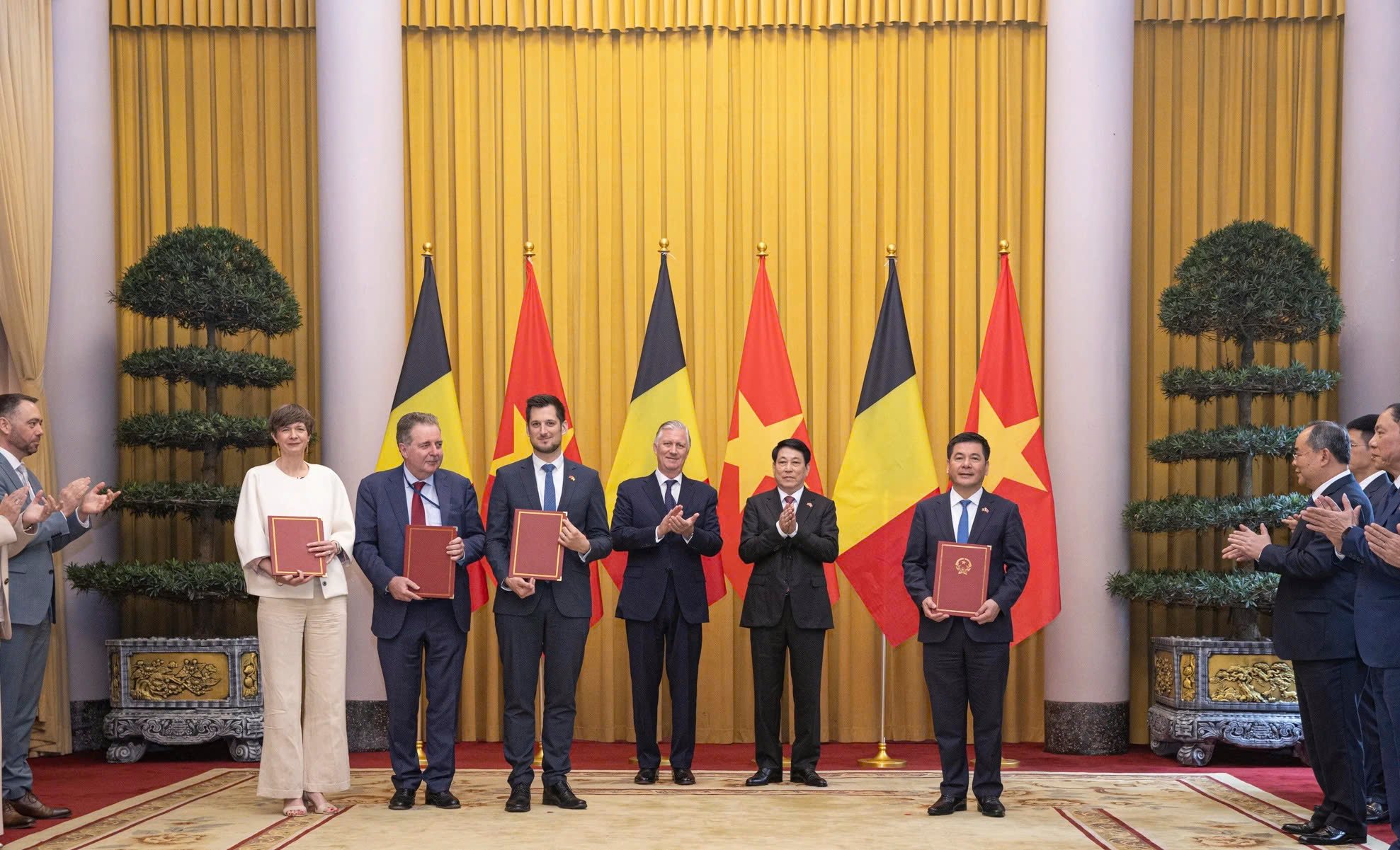


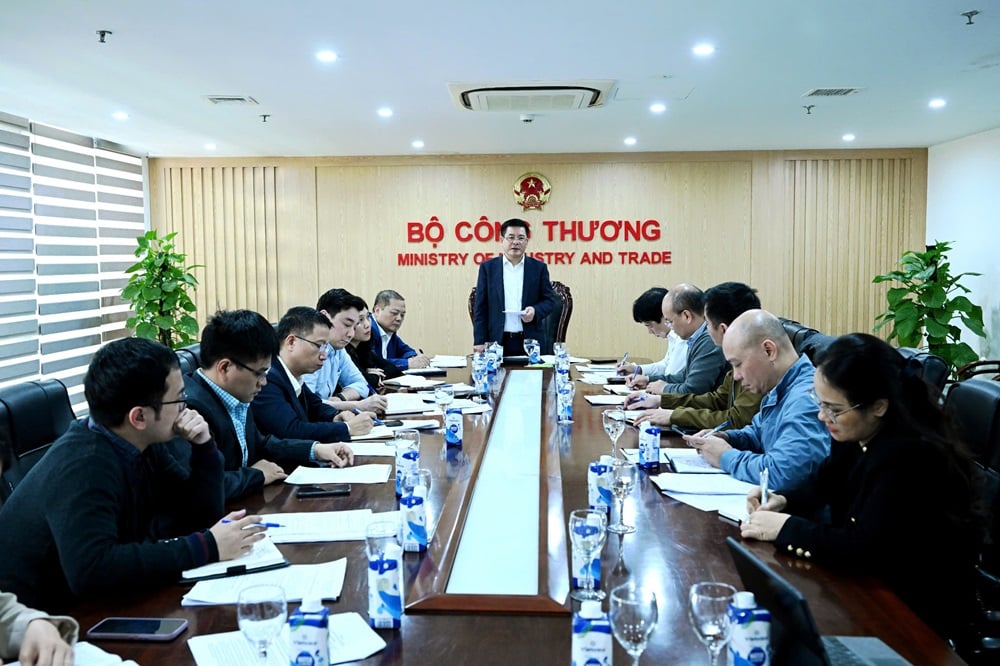
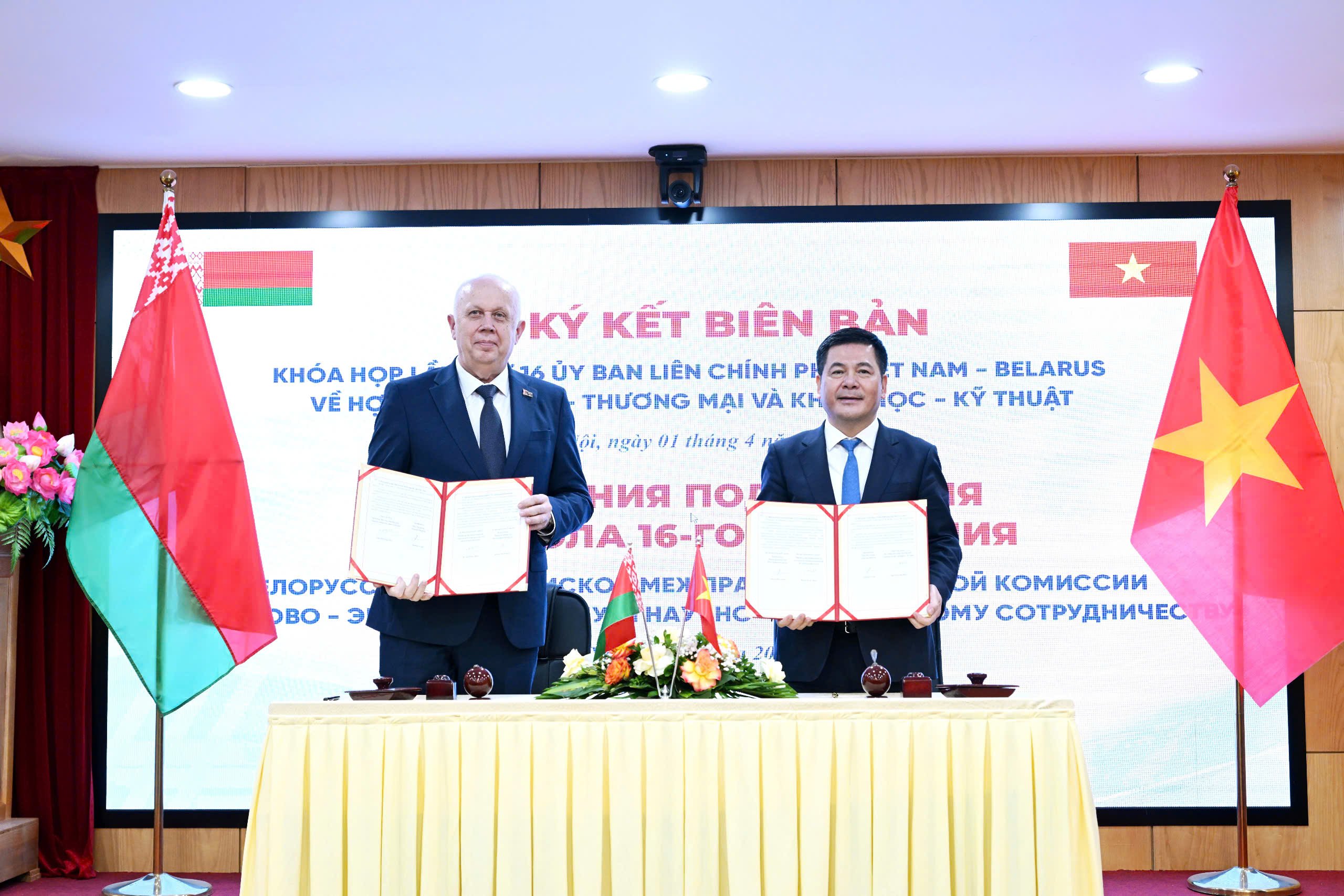
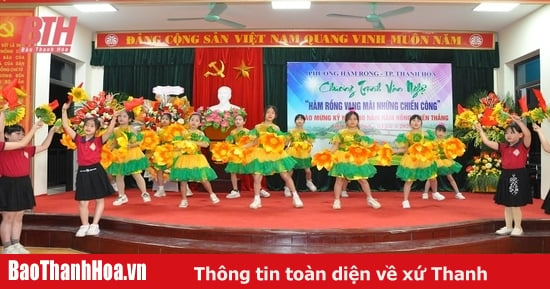
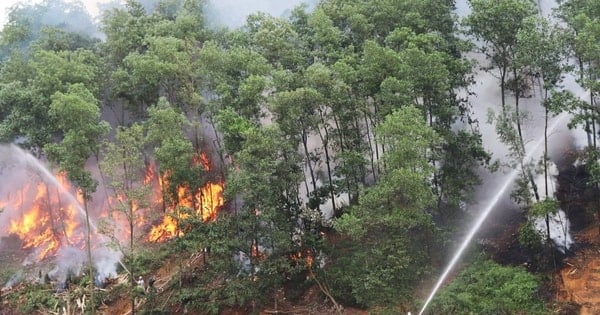

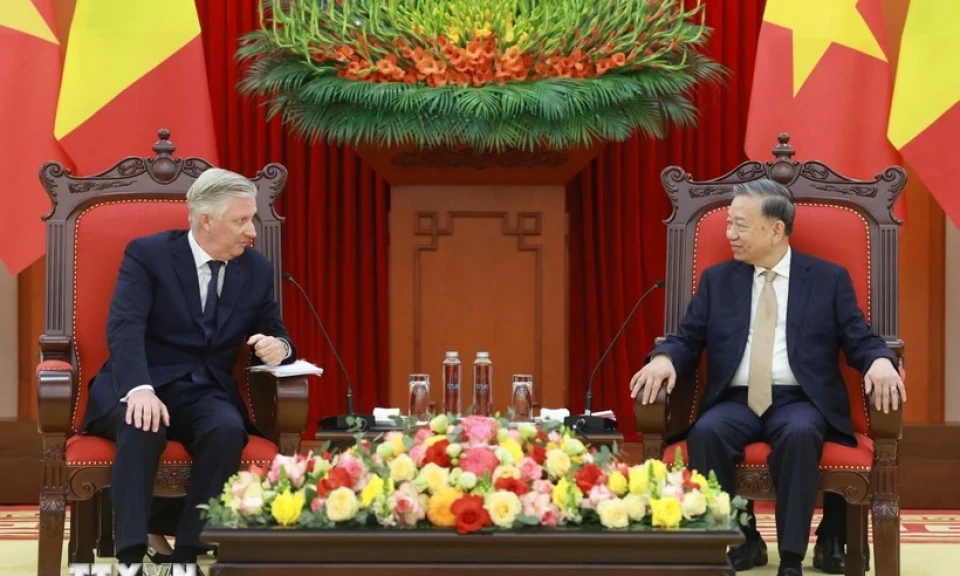
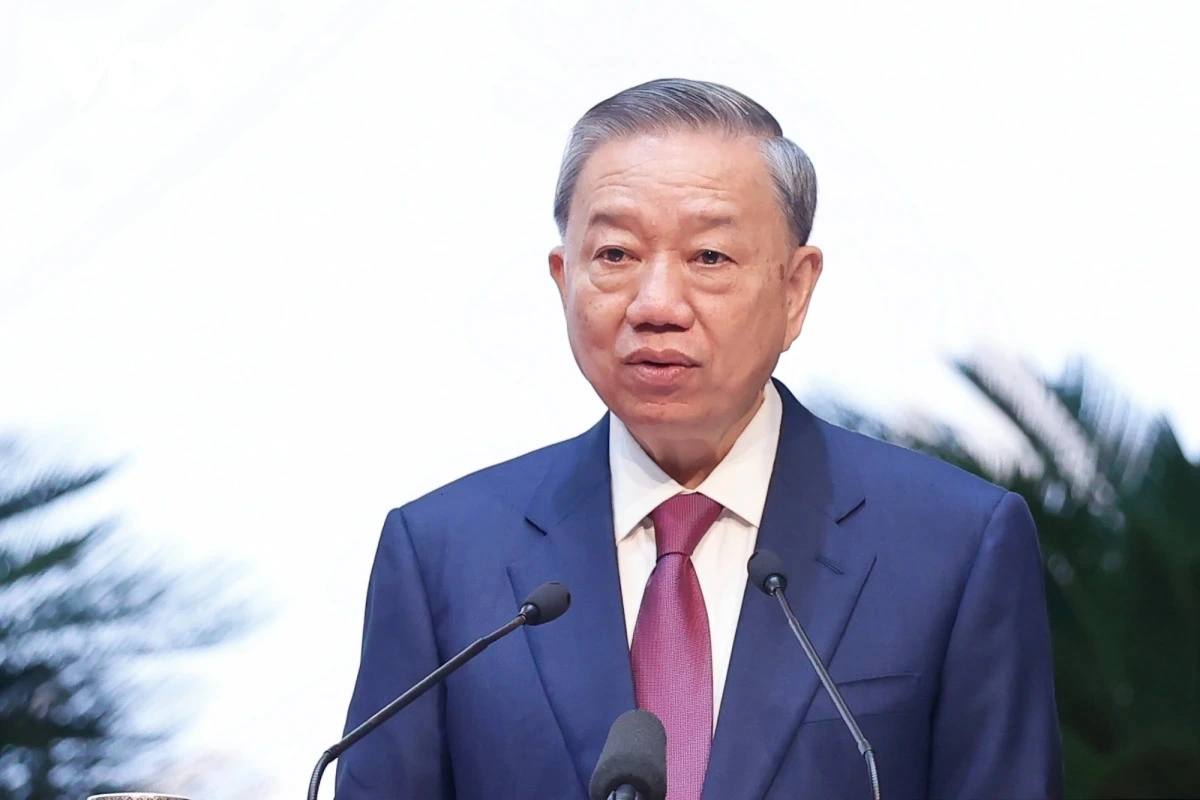

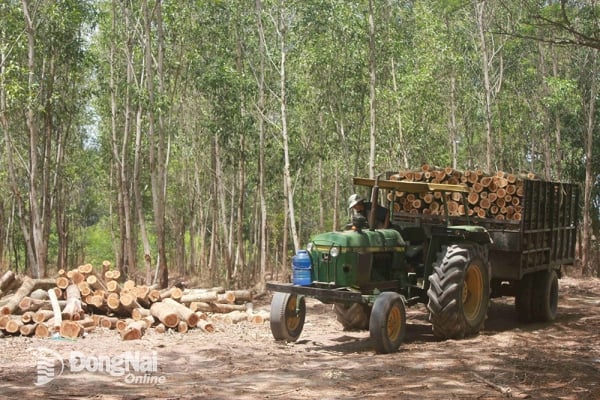
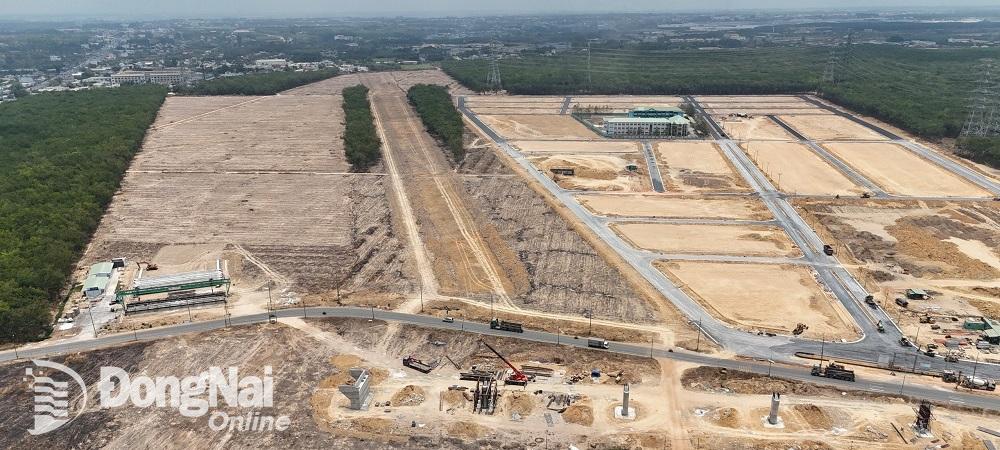




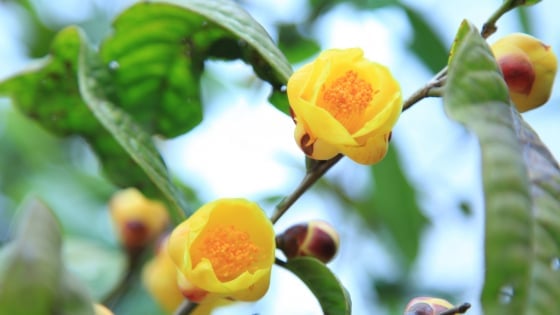

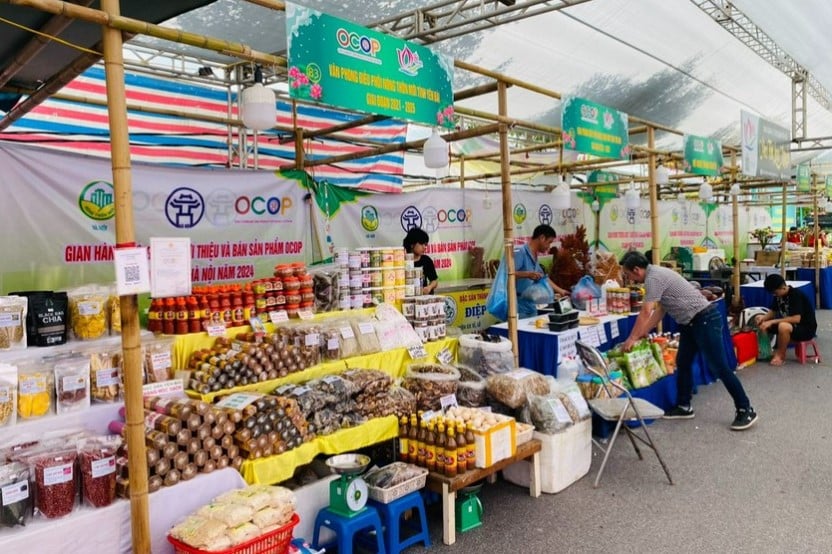
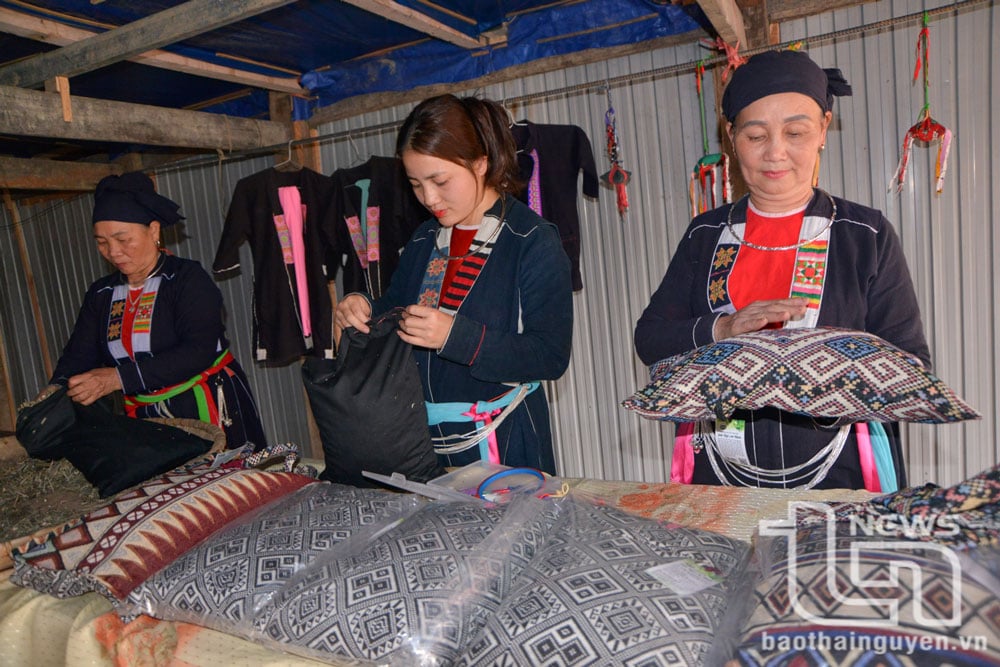



Comment (0)